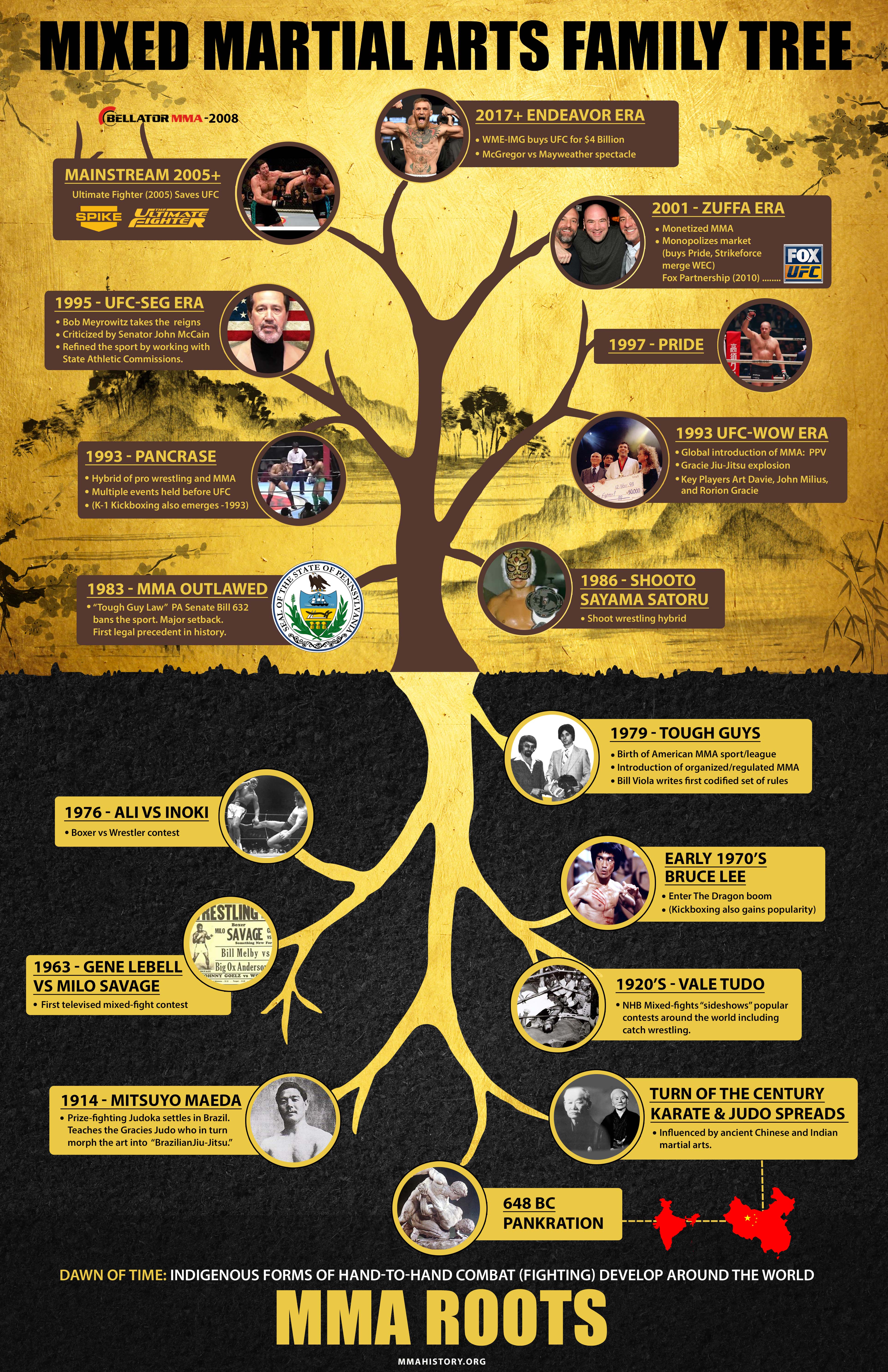The Background And Philosophy Of Martial Arts: A Deep Dive
The Background And Philosophy Of Martial Arts: A Deep Dive
Blog Article
Material Composed By-Gentry Wall
Enter the ancient world where martial arts were born out of necessity in diverse areas. linked webpage combating designs intertwined with historical contexts. is karate good for autism progressed over centuries with devoted method and cultural exchanges. Today, modern-day martial arts blend typical components for optimal performance. Philosophically, martial arts emphasize discipline, self-improvement, and harmony. Regard, humbleness, and balance are foundational concepts assisting experts towards development and resilience. Explore the midsts of this rich background and approach to uncover the profound impacts shaping this long-lasting self-control.
Beginnings of Fighting Style
Fighting style came from different areas all over the world, progressing as practical fight systems to resist hazards. These old battling designs were developed out of requirement, with each culture crafting techniques fit to their one-of-a-kind environments and difficulties. From the grappling arts of Jujutsu in Japan to the striking strategies of Kung Fu in China, martial arts were deeply intertwined with the historic, social, and cultural textile of their respective cultures.
In Japan, the samurai course polished martial arts like Kenjutsu, the art of the sword, which later evolved into the much more promoted kind of Kendo. Meanwhile, in Brazil, Capoeira became a mix of dancing and combat, developed by enslaved Africans as a method to withstand oppression. Each fighting style lugs with it an abundant history and approach, showing the values and beliefs of the people that exercised them.
As you look into the beginnings of martial arts, you discover a tapestry of human resourcefulness, durability, and the stubborn spirit of warriors throughout time.
Evolution of Strategies
Via centuries of practice and refinement, combat strategies within various martial arts have actually undertaken a profound advancement. From old designs like Martial art and Martial arts to extra modern self-controls such as Brazilian Jiu-Jitsu and Krav Maga, the evolution of techniques has been driven by a mix of cultural impacts, useful applications, and technical innovations.
One substantial aspect of this advancement is the cross-pollination of methods in between various martial arts. For instance, methods from standard Japanese Jiu-Jitsu were included right into the creation of Judo by Jigoro Kano in the late 19th century. This blending of designs has actually brought about the advancement of crossbreed martial arts like Mixed Martial Arts (MMA), which incorporate elements of striking, grappling, and submission techniques.
Furthermore, the development of techniques has actually been formed by the raising emphasis on efficiency and efficiency in battle. Professionals have actually constantly sought to improve their techniques with strenuous training, trial and error, and competition, resulting in the advancement of highly specialized and effective fighting designs. In general, the evolution of methods in martial arts shows the vibrant nature of combat and the recurring mission for enhancement and technology.
Thoughtful Foundations
Checking out the underlying thoughtful principles of martial arts gives insight right into their core values and assisting ideas. At the heart of lots of martial arts techniques is the idea of self-control itself. By training your body and mind to serve as one natural system, you grow technique that prolongs beyond the dojo or health club right into day-to-day life. This self-control includes respect, humbleness, and self-control, forming not just your physical abilities yet additionally your personality.
An additional fundamental philosophical foundation in martial arts is the idea of continual self-improvement. The trip of grasping a fighting style is relentless, with practitioners frequently making every effort to much better themselves, both literally and mentally. This focus on development fosters resilience, willpower, and a growth attitude that can be related to all elements of life.
Additionally, martial arts emphasize the significance of harmony and equilibrium. Methods are designed to make use of an opponent's energy versus them, highlighting the concept of producing and redirecting force as opposed to fulfilling it head-on. This ideology includes social connections, advertising tranquil resolutions and mutual understanding. By embracing these philosophical structures, martial artists not just improve their fight abilities yet also cultivate a way of living centered on personal growth, regard, and consistency.
Final thought
To conclude, the history and philosophy of martial arts offer a rich tapestry of custom, technique, and self-improvement.
Take for instance the story of Bruce Lee, that reinvented martial arts by mixing different styles and viewpoints to produce his own special type of Jeet Kune Do.
With commitment and advancement, martial musicians remain to push limits and influence others to reach their full possibility both in fight and in life.
